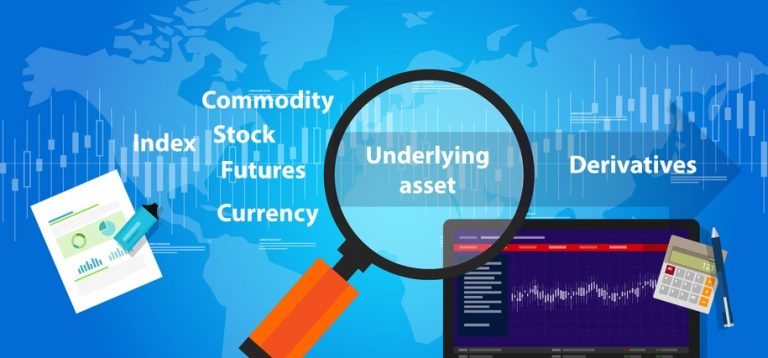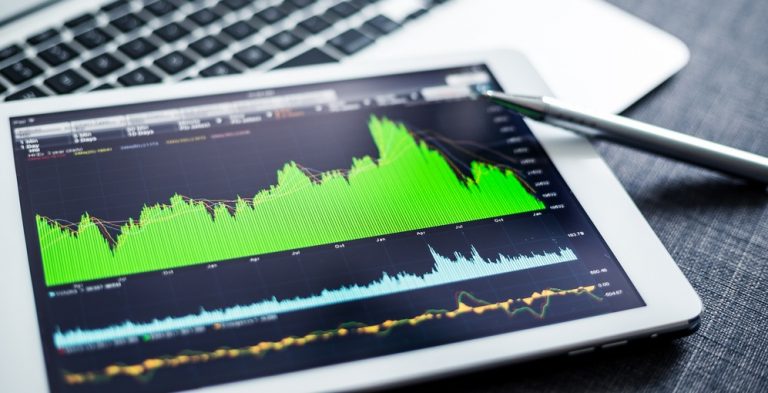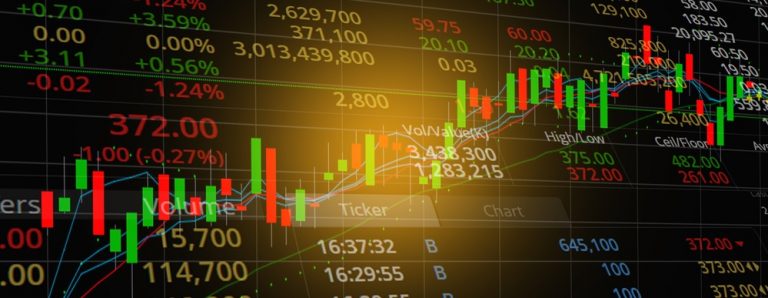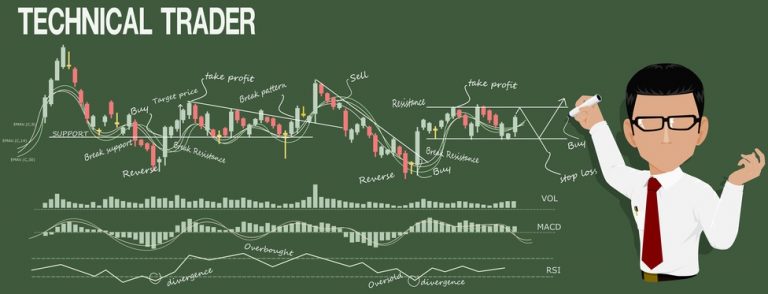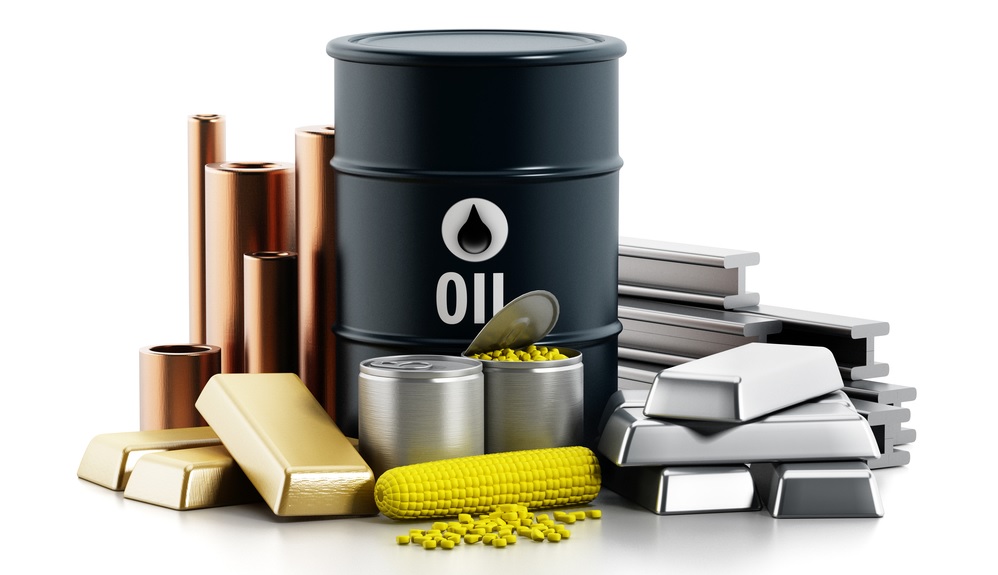
Commodities are widely traded through CFDs as an alternative to the logistical problems and costs involved with straightforward commodities acquisition. A class covering a wide range of different tradable products, commodities markets include those for gold, silver, coffee, wheat, steel and a range of other generic raw materials. Capitalising on the natural demand for these goods, traders can take advantage of fluctuations in price whilst avoiding the need to fund often costly purchases in full, creating just the right blend of profit potential to risk.
Commodities are defined as any tangible, generic product for which there exists a market of supply and demand. These tend to be non-perishable raw materials which are freely exchanged by both price speculators and end users, creating a ready and transparent market for the relevant goods. Buying commodities is often used as a strategy amongst larger investment funds as a guard against inflation and economic instability, given that raw material values rise with inflation and bear little direct resemblance to economic goings on.
For this reason, amongst others, the market for gold has been particularly strong during the recent banking crisis, with trading institutions seeking to move away from volatile stocks into more stable, virtually immune gold reserves. Likewise, in periods of rising inflation trading portfolios can actually see growth where others might falter, leaving commodities exposure to act as a form of hedge against wider economic movements.
The main advantage of trading commodities with CFDs is the lower cost barrier to entry.
The margined nature of trading contracts for difference makes it possible to take both long and short positions with just a fractional margin requirement. In other words, this means traders can take on a deeper exposure to a commodities position than may otherwise have been the case, oftentimes requiring as little as 5% to cover the margin requirement.
A Short Example of Trading Wheat
A weak harvest couple with growing interest from food manufacturers in Asia has led you to believe the demand for wheat will rise over time.
Option A: Buy Wheat. You invest $1,000 of your trading capital in wheat, realising a return of 5% over time and a resulting trading profit of $50.
Option B: Buy a Wheat CFD. You invest $1,000 of your trading capital in a contract for difference for wheat, with a margin requirement of 10%. This translates into a position worth $10,000. You realise the same 5% return over time, but generate a resulting trading profit of $500.
In the above example, the trader has improved his portfolio by 50% off the back of a movement of 5% in commodity prices. This leverage afforded by trading in CFDs makes it possible for the trader to earn more with a lesser exposure, and with no need to stump up the extra cash to fund the $10,000 position. Of course, the leverage provided by the broker will attract interest, and a larger trading commission than on Option A, but this can be offset from the greater proportion of profit generated from the same astute position.

